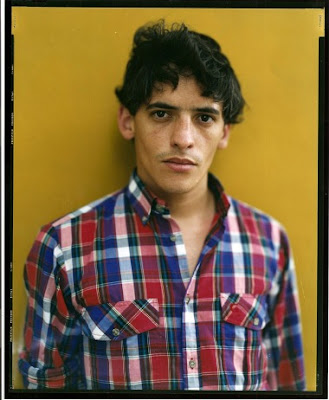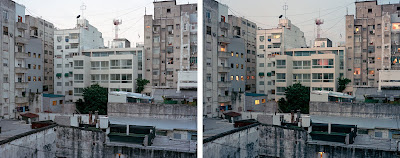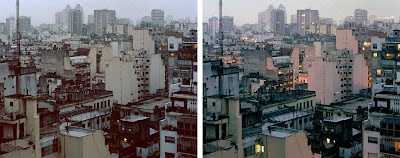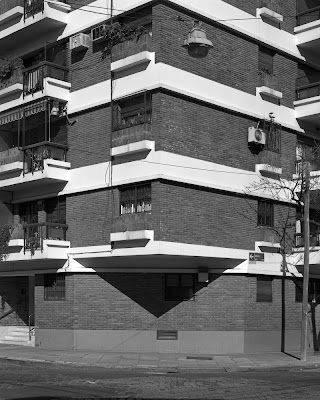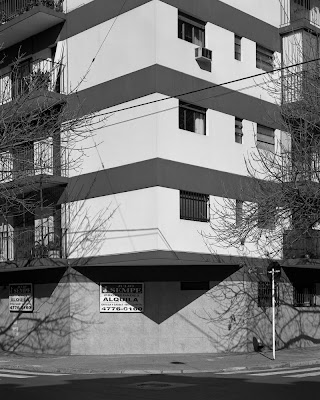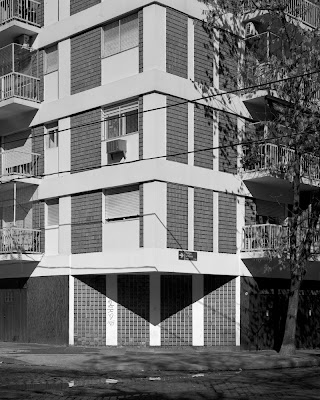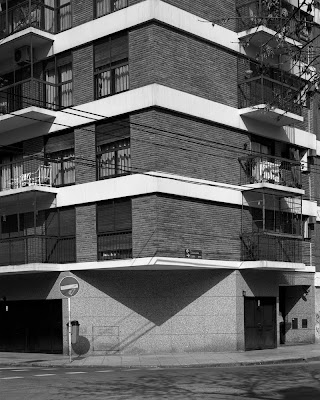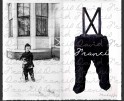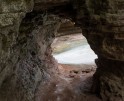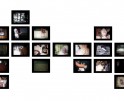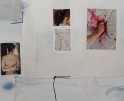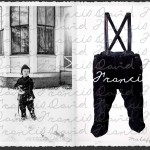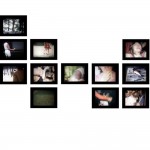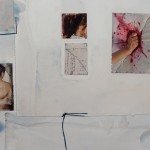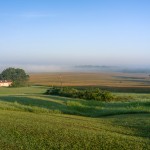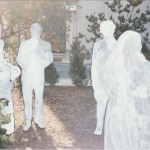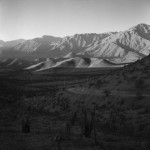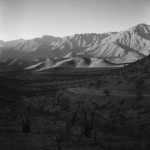Thomas Locke Hobbs
California born photographer, Thomas Locke Hobbs, lives in Argentina and has come to photography with a background in economics. As there are no MFA programs in Argentina, Thomas studied at the Centro Cultural Rojas with some of the best contemporary photographers in the country, including Ignacio Iasparra and Eduardo Gil. The results of his studies is his ability to observe his world in a sophisticated and intelligent way. Thomas has a number of smart series and is also masterful portrait photographer.
The two series I am featuring below speak to the architecture of the Buenos Aires and what it is to navigate the urban experience. I am interested in how economic policy and political ideology manifest themselves in the urban landscape. The abrupt shifts in Argentina’s economic history of the last 80 years have expressed themselves in the aesthetics and forms of the city and its suburbs.
Lungs/Pulmones: These photos depcit the open, interior spaces of city blocks in Buenos Aires which are known as pulmones or, literally, lungs. Consisting of diptychs the first photo was taken at the exact minute of sunset, the second photo 15 minutes later. The final pair in the series was taken at sunrise from my own balcony with the same 15 minute interval.
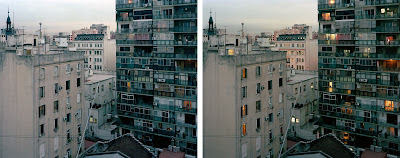
The title refers to pulmón de manzana which is the open, interior space of city blocks. In Buenos Aires real estate parlance, apartments that overlook this area are called contrafrente because they face away from the street. In this series I’ve sought out views from different contrafrente apartments. Pulmones de manzana are typically these jumbled messes of buildings from different eras, sandwiched together without any aesthetic consideration. The space created is this weird mix of public and private, viewable to its residents but belonging to no one. It’s like a shared secret amongst all the neighbors on the block [at least the ones with contrafrente views].
The photos are presented as diptychs. The view is the same in each photo. The first was taken at the minute of sunset [I look it up online before hand]. The second photo is 15 minutes later. The light changes a lot in those 15 minutes. The second photo typically has about 3-stops more exposure so the artificial lights are 8-times stronger. Street lights turn on during this interval and people, if they are home, turn on their lights.
Ochava Solstice is a series that showcasing 1960’s era apartment buildings which cast triangular shadows…
In Buenos Aires buildings on street corners have this beveled edge. The idea is to improve visibility at intersections for automobiles. The law dates back to the early part of the 20th century when cars [and collisions] were becoming increasingly common. The diagonal is known as an ochava because seen from above the four corners of the intersection appear to form an octagon.
Older buildings usually found a way to incorporate the diagonal into their design. During the 1960s, however, a new aesthetic emerged that was driven by an economic imperative to maximize the square footage allowed under zoning laws. The ochava requirement only applies to the ground floor so all the higher floors would come to a point, creating this triangular shadow which tracks the sun.
In this series I have gone to specific street corners which have these triangular shadows, set-up my 4×5 camera on a tripod and waited for the shadow to fall exactly in the middle. For almost two years I have been noting these street corners during my walks around Buenos Aires. The city is filled with these sorts of smallish, concrete apartment towers from the 1960s [indeed, I used to live in one], but very few have shadows like the ones in these photos. First of all, the building has to face north, towards the sun [remember, we’re in the southern hemisphere down here]. There can’t be another tall building kitty-corner because that will block the sun. It needs to be on a residential street. Avenues are too wide and buildings on busier commercial streets usually have businesses on the ground floor.
Google Street View hasn’t made it to Argentina yet so I have to scout out these buildings on foot. I tend to find them in mixed density neighborhoods like Colegiales, Saavedra, Caballito and Flores. The exact time of the “solstice” varies according to the orientation of the building. Buenos Aires’ street grid is a little messy. Since I’m not sure of the exact time I try to arrive an hour or so early. I spend this time walking around the neighborhood, often discovering additional buildings with the same shadow. Like groves of giant sequoias that depend upon precise soil, light and weather conditions, these buildings tend to cluster. In fact, more than half in the series I discovered this way.
Posts on Lenscratch may not be reproduced without the permission of the Lenscratch staff and the photographer.
Recommended
-
The 2024 Lenscratch 1st Place Student Prize Winner: Mosfiqur Rahman JohanJuly 22nd, 2024
-
Ellen Mahaffy: A Life UndoneJuly 4th, 2024
-
Julianne Clark: After MaxineJuly 3rd, 2024
-
Kaitlyn Jo Smith: Super8 (1967-87, 2017), 2017June 30th, 2024
-
Katie Prock: Yesterday We Were GirlsJune 27th, 2024

